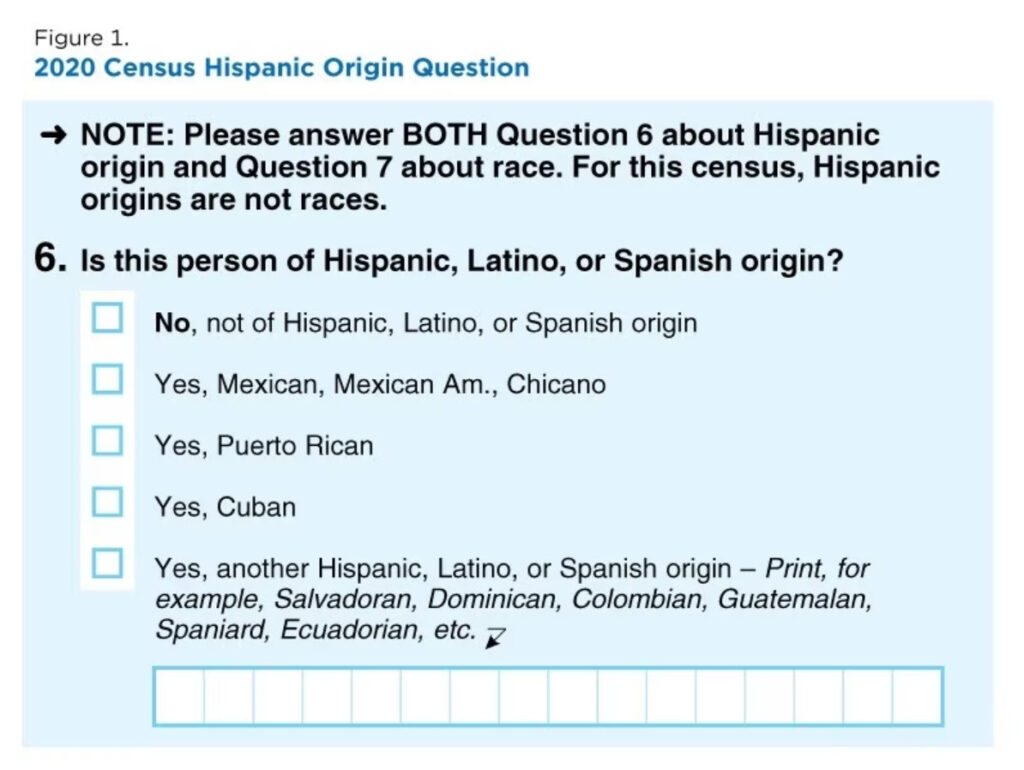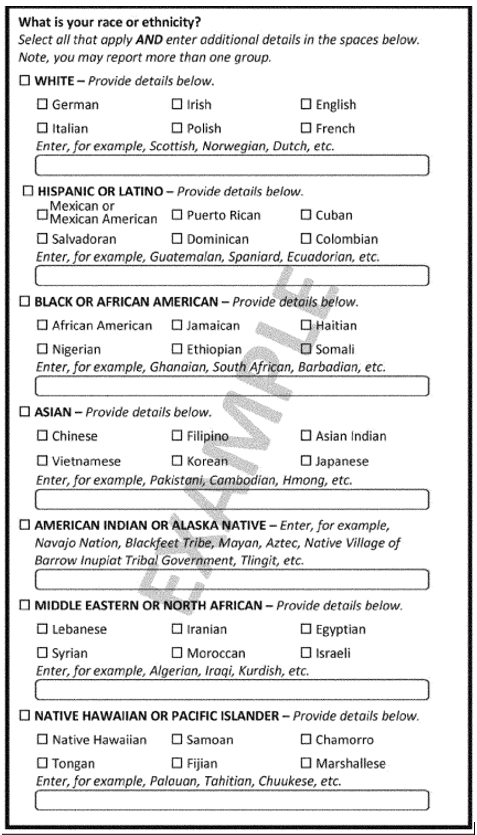Accurate Collection of Disaggregated Data Is Critical to Illuminate the Diversity of the Latino Community
By Arturo Vargas
Hispanic Heritage Month offers another opportunity to recognize the great diversity of the Latino population — a community whose members come from a broad array of national origins and sub-groups and who identify with different racial groups. In addition, Latinos are no longer concentrated in traditional Hispanic population centers in the country. Today, Latinos live in every corner of America, including the Deep South, the Midwest, New England, the Mid-Atlantic, the Plains States, and the Pacific Northwest.
Research on the community has documented that this diversity is also accompanied by disparities within different Latino racial, national origin, and other sub-groups. For example, an April 2023 report from the Latino Policy & Politics Institute reveals several differences between Afro-Latinos and non-Black Latinos around education, poverty, and homeownership. Researcher Dr. Adolfo G. Cuevas has found significant health outcome differences between Afro-Latinos and other population groups. He also notes that there remains a scarcity of research assessing racial inequities among Latinos across different dimensions of health. Furthermore, Census Bureau research using data from the 2021 Survey of Income and Program Participation (SIPP) also indicates significant differences among Latino national origins and sub-groups around “material hardship.”
Thus, a complete and more accurate collection of disaggregated data is critical to illuminate the diversity of the Latino community. These data also help advance policies to safeguard the civil rights of Latinos against discrimination, promote racial equity, and enhance the effective allocation of federal resources.
The U.S. Office of Management and Budget (OMB), which determines the federal government’s standards for race and Hispanic origin data, has sought to improve data collection. It last revised its data standards on race and ethnicity in 1997, when it required the Census Bureau to ask about Hispanic origin and racial identification in two separate questions — with respondents first being asked whether or not they identify as Latino and then asked which of the six different racial categories they identify with: “White,” “Black,” “American Indian/Alaska Native,” “Asian,” “Native Hawaiian/Pacific Islander” and “Some other race.” “Some other race” is not a category in the OMB standards, but Congress mandated that it be included in the census questionnaire.


The extensive research conducted by the Census Bureau and academics, as well as our experiences with the Latino community, show that the two separate question approach has not kept pace with Latino self-identification. Many Latinos decide not to answer the race question because they do not see themselves in the race categories. A significant number do not embrace any identity other than Latino or their national origin heritage. Therefore, many Latinos skip the race question, indicate they are “Some other race,” or report they are “White” in order to answer the question in some manner.
Census results since the Hispanic origin question was first added in 1980 confirm the mismatch between Latino self-identification and the two separate question approach, particularly with respect to the growth of the “Some other race” population. For example, in 2020, 8 percent of Latinos left the race question blank, and 35 percent indicated they were of “Some other race.” Nearly 27 million Latinos did not see themselves in the federally recognized race categories. As a result, “Some other race” has become the second-largest race category — a category OMB does not even recognize.
The growth of the number of Latinos identifying as “Some other race” presents an incomplete and distorted picture of the population. Moreover, because “Some other race” is not a category included in OMB standards, to ensure consistency with other government datasets, the Census Bureau must assign a specific racial category to “Some other race” Latinos and those who did not answer the race question. Because of the bureau’s statistical approach for this assignment, most of these Latinos are placed in the “White” category, a category with which they do not identify.
To address the problems with the two separate-question approach, the bureau conducted extensive research on question wording and format, including the 2015 National Content Test (NCT), which compared a two separate-question approach with approaches using one single question to ask about race and ethnicity.
The NCT showed a combined question to be the optimal design for obtaining more complete and accurate data about Latinos. Fewer Latinos chose “White” as their race, and a majority of Latinos identified solely as “Latino.” Less than 1 percent chose “Some other race.” In addition, the combined question increased the proportion of Latinos also identifying as Black and did not diminish the proportion who also identified as Native American.

After the bureau conducted its research, the OMB undertook an initiative to update its 1997 standards, but it did not move forward under President Trump. In January 2023, the agency renewed this effort and proposed adopting a combined question approach to asking about race and ethnicity. The initial proposal would also allow Latinos to select multiple national origin or sub-group identifications like “Puerto Rican and Dominican” or “Salvadoran and Guatemalan.” These data would help us better understand the full diversity of the Latino community in our country. Finally, the proposal would add a new category for “Middle Eastern or North African” community members — who today the Census Bureau categorizes as “White” and who research shows do not see themselves in the existing race categories.
We know that no census question on race or ethnicity can be perfect. When the OMB renewed its efforts to revise the standards, key stakeholders, including some Afro-Latino researchers and community leaders, had important and serious concerns about the combined question, potentially resulting in data loss on respondents identifying as both Latino and Black. While analysis of the NCT data suggests otherwise, these concerns have warranted consideration. We have met with many other Latino groups, including several Afro-Latino groups, to discuss potential changes to the census questionnaire and how we can ensure that census data provide a complete and accurate portrait of the Latino community.
Our dialogue with other Latino stakeholders helped shape the feedback we have provided the OMB as it finalizes the revised standards. For example, the format and wording of the combined question approach must clearly let Latinos know that they should indicate any and all races they identify with, in addition to their Latino ethnic identity — and it is imperative to convey that Black-identifying Latinos should indicate both their Latino and Black identification when completing questionnaires.
Data users must also be able to easily obtain data specific to those who report various combinations of ethnic and racial identifications — and the bureau’s reports on such data must be coherent and accessible.
The OMB and the bureau will also need to educate a broad group of stakeholders about the revised standards, including other government agencies, policymakers, data users, and community members at large. The OMB and the bureau must also provide meaningful opportunities to engage Afro-Latino researchers and civic leaders throughout the research, implementation, and community education processes.
NALEO Educational Fund will continue to advocate with the OMB to adopt the combined question approach. However, to see quality data that illuminate the full diversity of the nation’s second-largest population group, the OMB, Census Bureau, and other government agencies must fully engage a broad range of Latino individuals and groups in an honest and constructive dialogue.
For more information, please see our FAQ Sheet, our webinar on the issue, or our final comment sign-on letter.
Arturo Vargas is the chief executive officer of NALEO Educational Fund and serves as co-chair of The Leadership Conference’s Census Task Force.